A Malaysian’s Guide to Home Gardening
If you desire to grow your own produce for making healthy salads, your usual recipes, or fresh shakes, then you should have a home garden.
It’s not very hard to do if you know the basics of home gardening and plant care. On top of that, it’s a fun hobby to develop and won’t cost your wallet much too!
You can grow different kinds of plants in Malaysia, including onions, carrots, lettuce, Bak Choy, and eggplant. We will offer some tips on how to pick one for your garden in a while.
Also, we’ll examine the essentials of home gardening from choosing a garden site to harvesting vegetables, as well as show you a simple calendar to time your planting in the year.
The Basics of Growing a Home Garden
In growing your home garden, you get to enjoy a natural and personal way of gathering your veggies. Once cooked, you’ll get to savour their flavours and crispness that’s far better than those bought from supermarkets or served at restaurants.
By keeping up your home garden, you can get a fresh supply of food for your table. Also, you can get some exercise and sunlight too, which are good for the body.
So, what do we need to do to start a home garden? Allow us to walk you through it step by step below.
Choosing a Site
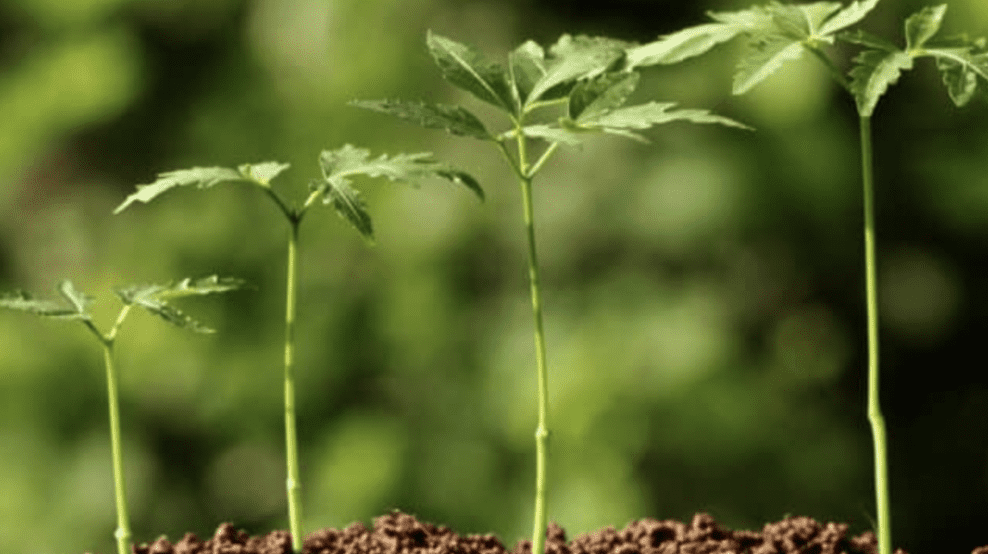
Firstly, your vegetables need to be planted in a good location. Otherwise, the ensuing taste and quality of the food or fruit you harvested will be affected.
So, here are the two primary requirements for choosing a garden site:
Sunlight
Each type of vegetable differs and so is their sunlight requirement. Most vegetables need 8 hours or more of direct sunlight.
Those that we grow for their leafy greens like lettuce, kale, spinach, and chard, as well as those that have roots like turnips and radishes can thrive with 6 hours of sunlight, but it’d be a lot better if they get 8 hours or more.
On the other hand, those we grow for their fruit such as tomatoes, cucumbers, cabbages, zucchini require at least 8 hours of sunlight, but optimally, they need 10 hours of sunlight exposure.
Water
Plants need about 2.54cm of water a week to survive. This supply includes that of the rain, and remember to water the plant only what it lacks—if it has rained a lot, then you don’t have to water them that much.
Aim for the soil and not the plant when you water the plant. Keep your plants close to the water supply so you won’t have to pull out the hose farther and carry heavy buckets of water to your backyard every time.
Also, concerning this, be careful not to overwater a plant. This can lead to the spreading of pests and diseases, and since excess water is drained to streams, it will contribute to water pollution.
Tips for Choosing Which Vegetables to Plant
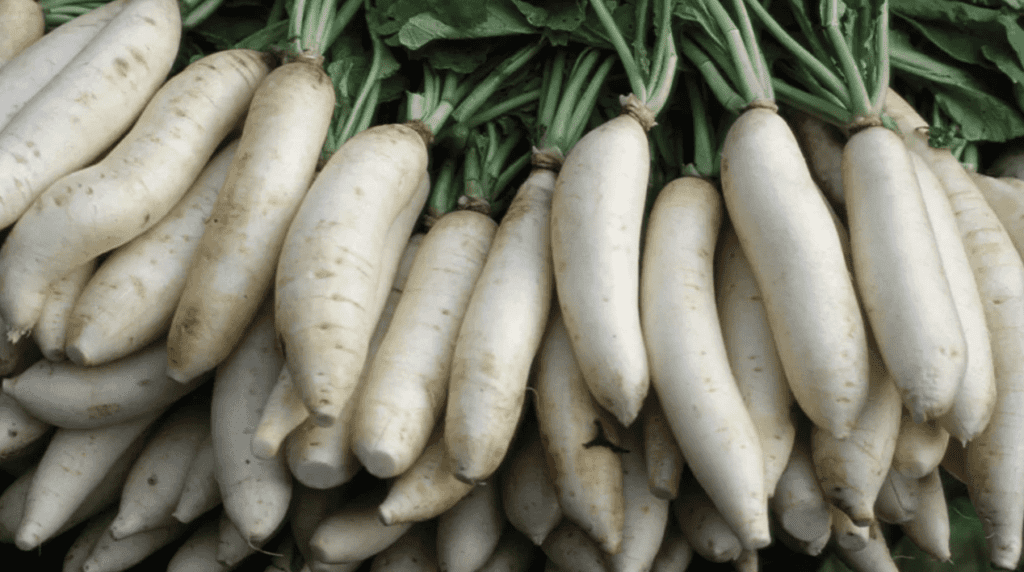
After knowing the site where you will be gardening, it’s time to think about what vegetables you will plant.
If you’re a rookie gardener, you should pick easy-to-plant vegetables that will produce goods you’ll be happy with.
But, it’s important to know that some vegetables thrive in hotter climates, whereas others fare better in cooler temperatures.
Also, each plant has different gardening specs. They have varying germination and harvest times that you should know so you can gather the vegetable at your expected time.
Now, some of the easy vegetables we were referring to include:
- Lettuce
- Radishes
- Green beans
- Cherry or bush tomatoes
- Zucchini
- Pepper
- Carrots
- Beets
- Spinach
- Kale
- Chard
- Green peas
Then we follow this up with some tips and advice about picking which vegetable to plant. Read on to know them.
1) Choose what you and your family like to eat
Planting a garden is hard work, so choose only vegetables you and your family will want to eat. You can always look up recipes online beforehand to know what sort of recipes you can make.
2) Plant only the vegetable quantity you plan to eat or give
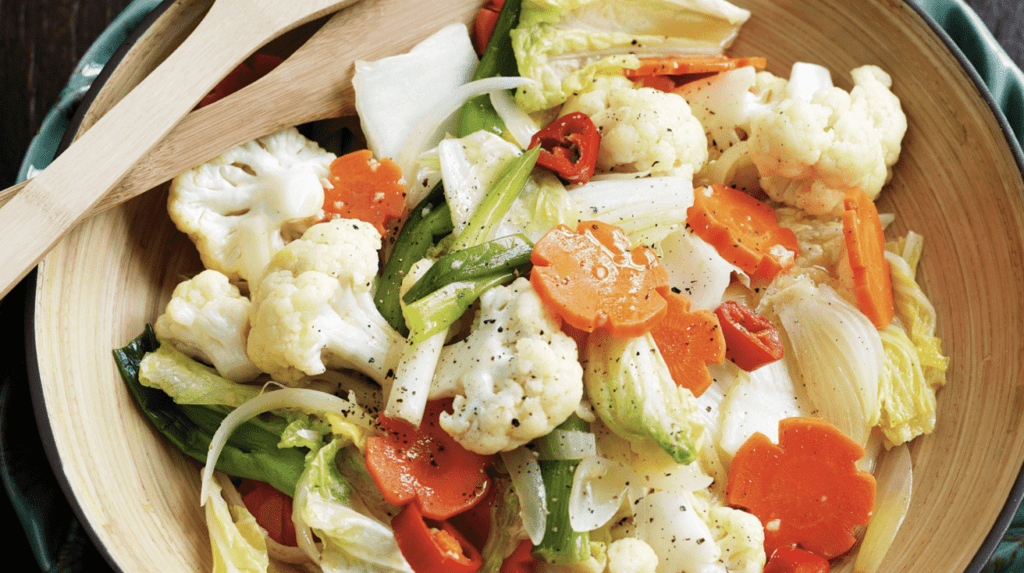
In relation to the previous tip, it also follows that you should only plant what you can consume. This will save from exerting more physical energy and getting more grocery costs.
As for the excess crops, you can donate them to the people next door, your cousins, to the condo guards, or the needy if that is possible.
3) Check availability of vegetables and fruits at the grocery
Homegrown herbs are far superior in taste and quality compared to those sold in groceries. If you want to grow particular produce at home, check its availability at the market first.
With this approach, you can narrow down your options and conserve time. To illustrate our point, you might want to grow carrots and cabbage in your garden, and just buy the beans and cucumbers at the marketplace.
4) Buy high-quality seeds
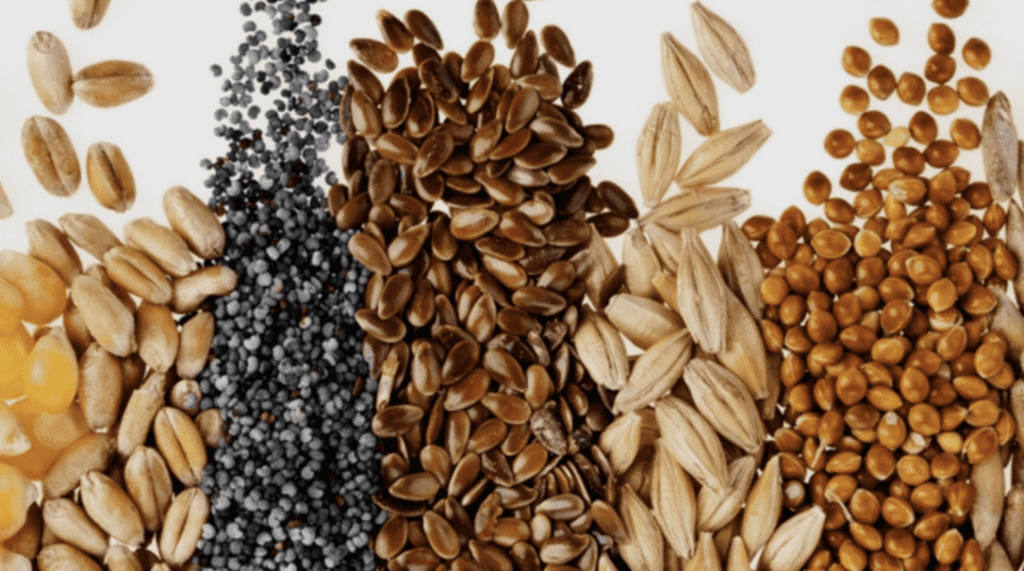
As we said, gardening involves time and dedication. As much as possible, we recommend getting only high-quality seeds so you can be confident that they will grow and yield more food.
After all, it’s only a little extra that you have to pay—which is a great deal better than if the seeds don’t germinate at all.
5) Take care of your plants throughout the growing season
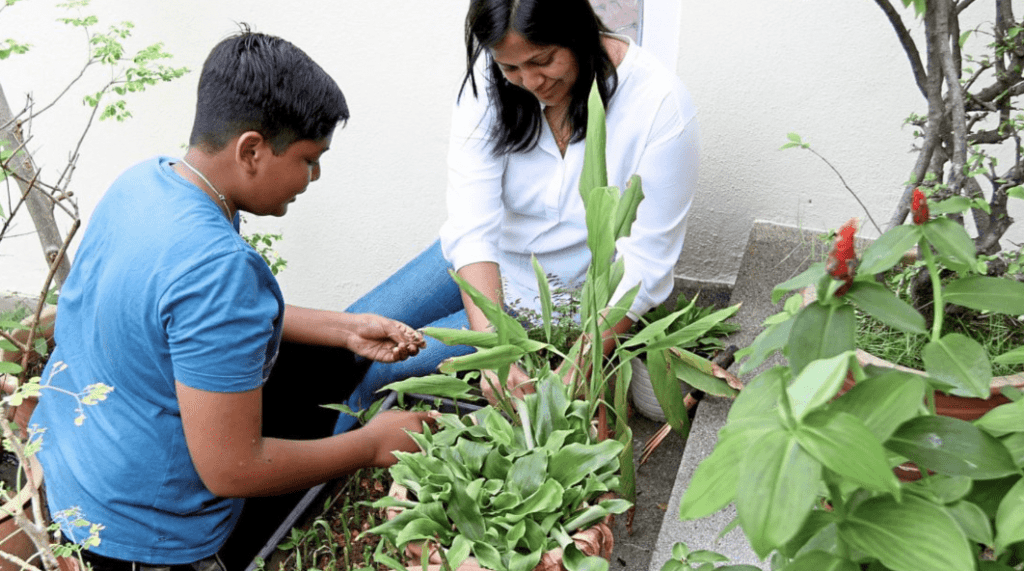
Taking care of plants is a big responsibility if you want to get fresh crops at the end of the season. Some plants flourish in warmer months, whilst some grow best in cooler months.
You don’t want to go out on a vacation without asking a family member to tend to your home garden, because the plants could wilt, grow weeds, or even die.
The key is to know the strongest growing months for your plants. For instance, in summer, you can harvest ginger, sweet corn, pumpkins, and tomatoes; in colder months, you can gather kale, lettuce, pea pods, and turnips.
Setting Up Your Garden
To set up your garden, you also need some space. But, note that it doesn’t have to be a large space at all—a small balcony, deck, or backyard space will do, especially for starters.
Our houses aren’t made perfectly, they can have limited space because probably you weren’t thinking of having a garden before as you do now. And, splurging on a renovation project won’t be needed.
Anyway, ideally, you would need at least 5 x 3 metres of space, which is sufficient to feed four people in the summer.
Still, if this is impossible for you, fret not, as you can make customisations to your space. For this, you can try planting with these means:
- Container Gardening
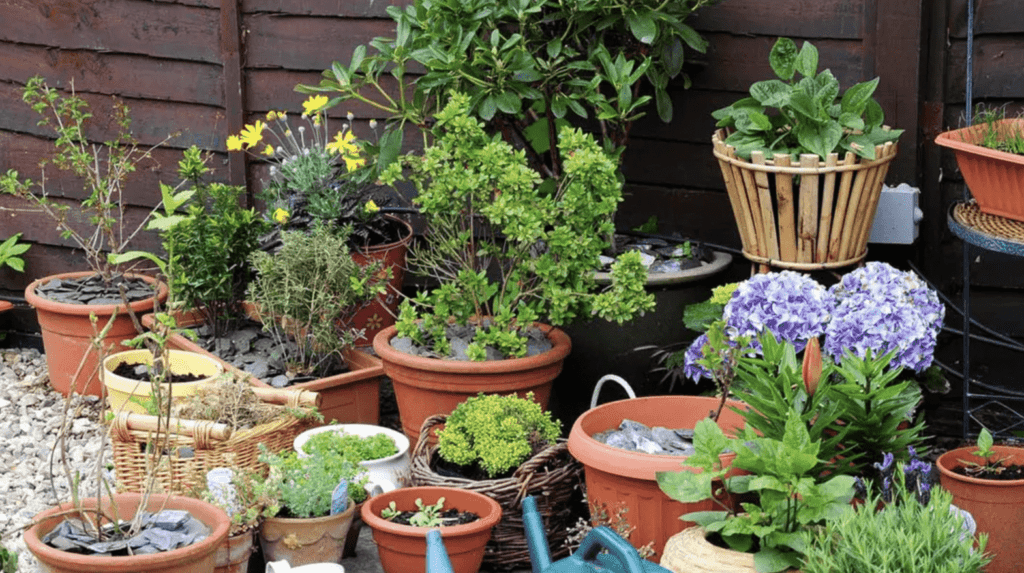
Container gardening is the simplest form of gardening involving the use of pots or containers. It provides plenty of space for plants to grow in and can be moved to receive direct sunlight.
That also means that any vegetable can be planted in the container, giving you a lot of options for home gardening.
Some people even go as far as buying artificial grass to improve their gardens. This sounds like a good option, although you’ll have to spend more for having it installed.
- Vertical Gardening
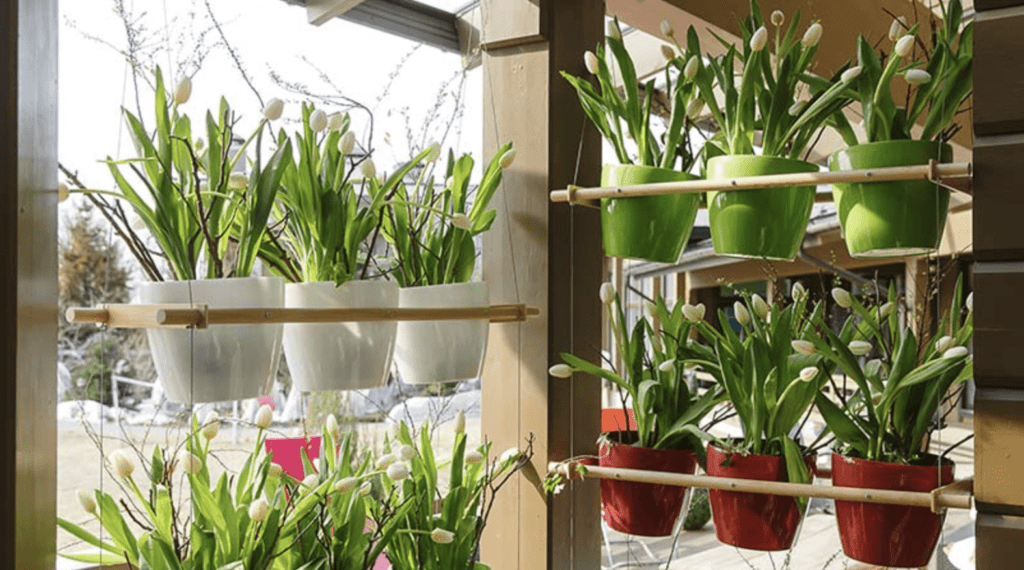
The picture above is just one of the many examples you can plant a garden vertically. This maximises the small space you have in your apartment or house.
All you need is a vertical wooden structure or tray to put the plants on. You can find one in nurseries, flower shops, or have a carpenter make one for you.
This type of gardening can be combined with hanging plants for creative garden decor. We will explain hanging plantations in a bit.
- Hanging Plantations

As the name suggests, hanging plantations are plants and vines that are decoratively hung on a bar or hook medium. This also helps give you the most space you can have for house gardening.
Make sure to hang plants in areas where they can catch the morning sun. A few hours of morning sun is usually enough to feed most plant varieties.
Preparing the Soil
The success of growing your plants is dictated by how well the soil is prepared. To achieve healthy soil for your fruit or vegetable garden, you must have the following:
- Moist and well-drained soil
Well-drained soil means that the soil can drain water at a moderate rate. The water should be able to reach not just the soil but also the upper roots to thoroughly nourish the plant.
Bear in mind that the soil shouldn’t be set up in a way wherein the water will form pools and puddles. It has to be able to drain the water out naturally.
Also, if you want to check the plant and soil health, simply touch the soil with your finger. If the soil is not moist enough, then it’s a sign the plant needs more water.
- Plenty of organic matter like compost and peat moss
Organic manure, such as compost, mulches, and peat moss help plants to grow. These facilitate the root’s absorption and increase their uptake of water and nutrients.
You can apply organic material to each hole under the plant. Your plants will grow rapidly as a result, and to maintain it, simply add 1.27 cm of compost at the base of the soil.
What Plants Should I Choose: Seeds or Transplants?
You can plant either seeds or transplants. Below, we’ll take a closer look at them along with their advantages and disadvantages:
Seeds

Seeds are available in a plethora of varieties. These must be planted according to the directions indicated on the packet.
Sowing seeds is more affordable than transplanting container plants. However, you would need to start from scratch, and some plants take a long time to sprout.
You can also transplant plants grown from seeds where you have a larger space and better garden location.
Transplants
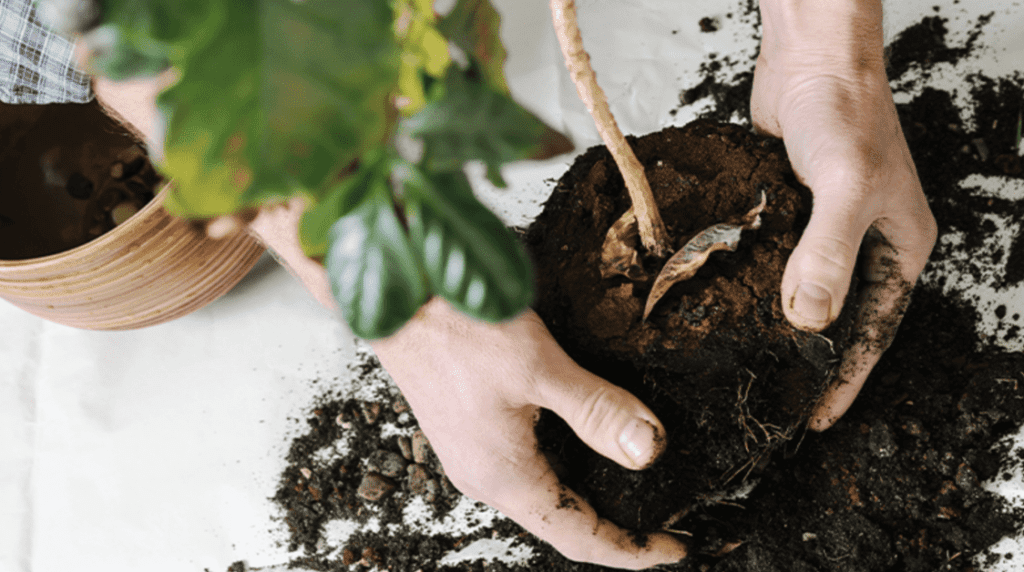
Transplants are plants purchased with a container from flower boutiques, plant shops, or online. Its benefit is giving the gardener an instant garden and a faster crop yield.
These plants should be planted in the same depth as they were planted in pots. Other plants, however, like tomatoes can be put slightly deeper than the way you found it.
There aren’t many varieties you can find with transplants, plus they are more expensive to buy. That said, you can always order ahead from vendors to get the kind of plants you want.
Planting
First, the seeds you plant should be a bit apart from each other to accommodate their mature plant sizes. Aside from that, they also need to be open to airflow to grow without hindrance.
As a general rule of thumb, the seeds should be two to three times deep in their diametres. Now, put little soil on the seed—but not too much, just enough for the seed to make contact with the soil.
If you are using transplants, make sure to adapt them to the new environment by giving them a shade for two to three days at least.
Also, apply mulch to the plant to keep the soil moist, whilst preventing weeds and soil erosion. Examples of mulch include leaves, grass clippings, wood chips, and newspapers—they can decompose naturally to benefit the soil.
Garden Maintenance
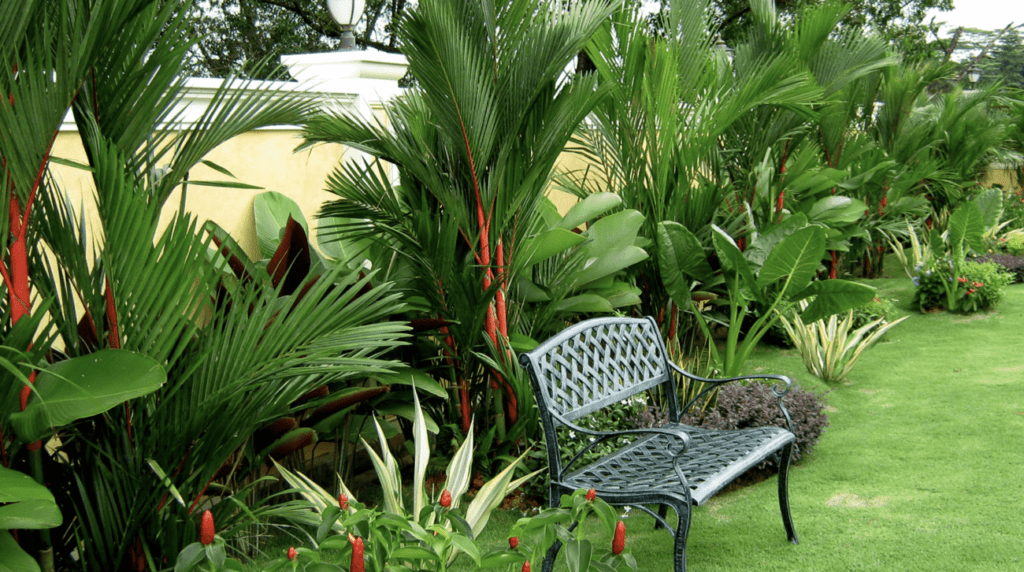
As we mentioned before, you have to water the plants daily to maintain them, but depending only on how much it has been watered by the rain.
The other factor you should mind is their temperature. Water them more if the soil isn’t moist or if you find drooping leaves because this is a sign that they’re getting dry.
Only water the plants to make them moist and not overflowing or muddy. Additionally, the type of soil you have will affect how much you should water the plants.
If your soil is relatively light like that of sandy soil or container garden soil, more watering should be done. In contrast, if the subject is heavy clay soil, it would need less watering to reach the upper roots.
As for fertilising plants, it also hinges on the type of soil your seeds or transplants are on. Corns, tomatoes, and other plants with long growing seasons will need to be fertilised halfway through as well.
We also caution you from fertilising a plant too much. Though it will result in speedier plant growth, it won’t produce as much fruit and food come harvest time, and will also lead to insect issues.
Also, visit your home garden every one to two days. Remove weeds, plant-harmful pests, and diseased and dead plants to keep plants in tiptop shape.
And always keep your plants productive and healthy by watering them regularly, placing them under the sun, and using compost.
Harvesting Plants
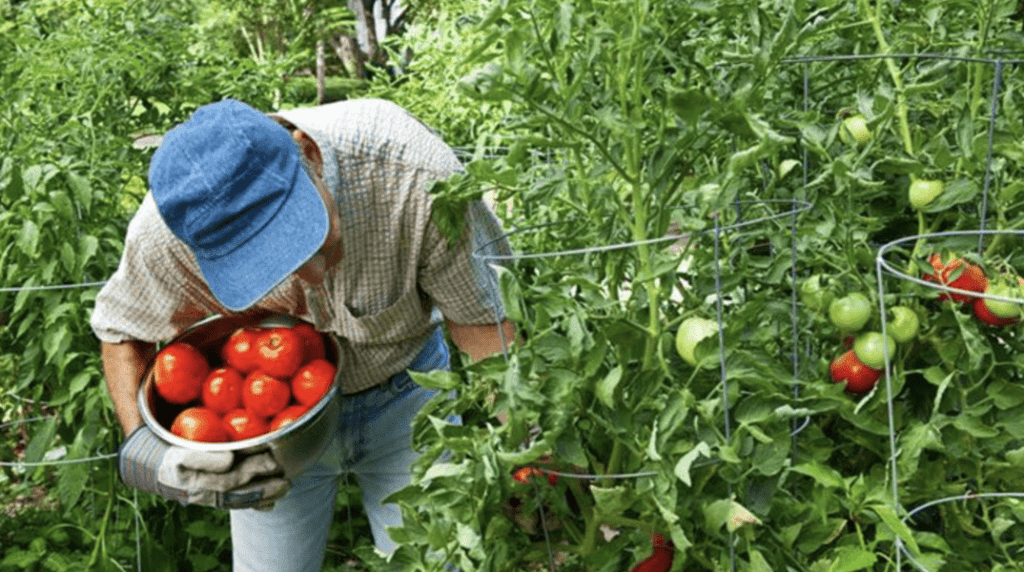
After maintaining the garden every day, there will come a time when it’s time to reap what you sowed. This is the most rewarding and fun part of planting a garden that makes you want to do it again.
When harvesting plants, it’s important to pick the fruits or flowers at their peak—not before or after. This way, you’ll get the best of them in appearance, flavour, and freshness.
Overripe fruit or food won’t taste as good as fresh ones, whilst spoilt produce attracts animal scavengers and pests. Since they can harbour bacteria and diseases, you’d have to dispose of plants that have been touched by pests or their faeces.
For best harvesting results, it helps to be able to constantly visit your garden or view it from your window every day.
In case you need to extend the growing season of the plants, you have to protect them from intense cold or hot temperatures. For the former, use cold frames with frost cover, whereas cold frames with row cover for the latter.
But, if the soil temperature is right, you can just maintain it by using mulch to keep weeds from growing and the soil moist.
All of these will prevent your valuable plants from withering prematurely in the season, together with their bounties.
Garden Calendar
To keep a continuous supply of fruit and vegetables, you can plan out your harvest to go on week after week.
For example, if you’re going to plant three sections of sweet corn, do the first section in week one, the second section in week two, and the third section in week three.
Consequently, you’ll have a regular supply of sweet corn to your dining table, to sell to people, or to use as your ingredients for a dessert.
With this in mind, it’s essential to note the germination, maturity, and harvesting dates of each vegetable or fruit. The table below outlines them with the common crops you can plant in Malaysia:
Conclusion
Growing your home garden is an awesome endeavour. It’s also one of the things you can do for an eco-friendly house, as it traps carbon dioxide produced from the burning of fossil fuels, for one.
Hopefully, our practical guide here will help you set off on the right foot for gardening. You may need to note a lot of details at first, especially beginners, but the more you do it, the more you will learn.
What’s more, if you have any questions or comments, feel free to let us know and we’ll get back to you shortly.

